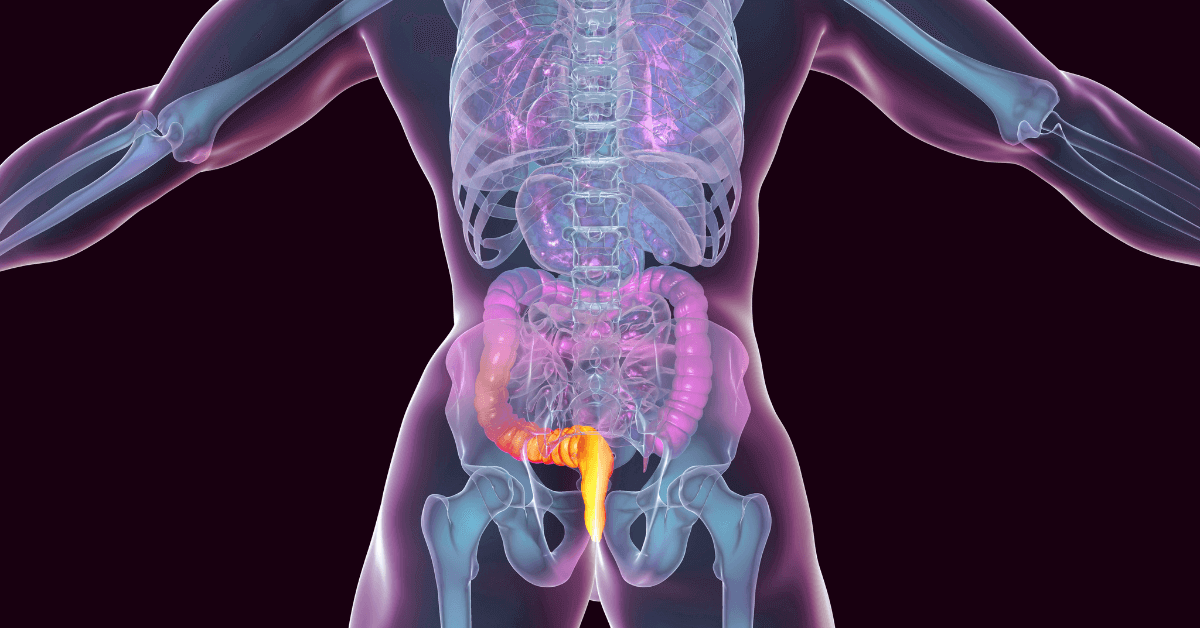Hemorrhoids affect millions of people worldwide, yet many struggle to understand the difference between internal and external hemorrhoids. Knowing these differences can help you identify symptoms early and seek appropriate treatment. In this comprehensive guide, we will explore the causes of hemorrhoids, common hemorrhoid symptoms, pain levels, and treatment options to help you manage this common condition confidently.
What Are Hemorrhoids?
Hemorrhoids are swollen veins located in the lower rectum or anus. These veins can become inflamed due to pressure, resulting in discomfort, bleeding, or pain. They are similar to varicose veins but appear in the anal region. There are two main types: internal hemorrhoids and external hemorrhoids. Understanding the distinction between them helps you recognize which kind you may have and how to approach treatment.
Internal vs External Hemorrhoids: Basic Definitions
Internal hemorrhoids develop inside the rectum. They are usually painless but can cause bleeding during bowel movements. Since they lie above the dentate line, a nerve-poor area internal hemorrhoids often go unnoticed unless they prolapse or bleed.
External hemorrhoids occur under the skin around the anus. Because this area has many nerve endings, external hemorrhoids often cause pain, swelling, and irritation. They may also develop blood clots, leading to a thrombosed external hemorrhoid, which can be extremely painful.
Causes of Hemorrhoids
Pressure inside the rectal veins causes hemorrhoids. Several factors contribute to this pressure, including:
- Straining during bowel movements
- Chronic constipation or diarrhea
- Sitting for long periods, especially on the toilet
- Pregnancy and childbirth
- Obesity
- Low-fiber diets
Both internal and external hemorrhoids share these causes, but the symptoms and severity may vary depending on the hemorrhoid type.
Hemorrhoid Symptoms: How They Differ
Knowing the symptoms of internal vs external hemorrhoids is vital for proper identification and treatment.
Symptoms of Internal Hemorrhoids
- Painless rectal bleeding, noticeable as bright red blood on toilet paper or in the toilet bowl
- A feeling of fullness or discomfort during bowel movements
- Prolapse of hemorrhoids through the anus, causing irritation
- Mucus discharge
Internal hemorrhoids rarely cause pain because the rectum lacks pain-sensitive nerves.
Symptoms of External Hemorrhoids
- Painful swelling or lumps near the anus
- Itching and irritation in the anal area
- Discomfort when sitting or during bowel movements
- Thrombosed hemorrhoids causing severe, sharp pain and sometimes a hard lump
Because external hemorrhoids develop in a sensitive area, symptoms often prompt faster medical attention.
Hemorrhoid Pain: Internal vs External
Pain is a major factor that helps distinguish between internal and external hemorrhoids. Internal hemorrhoids usually cause little or no pain. When they do hurt, it is often due to prolapse or thrombosis.
In contrast, external hemorrhoids tend to be painful from the outset because they affect nerve-rich skin. Thrombosed external hemorrhoids can cause sudden and intense pain. This pain usually peaks within 48 hours and then subsides over several days.
Diagnosing Hemorrhoids: What to Expect
A healthcare professional can diagnose hemorrhoids through a physical examination and possibly a digital rectal exam. For internal hemorrhoids, an anoscopy or sigmoidoscopy may be necessary to view the inside of the rectum.
Because symptoms of hemorrhoids can mimic other conditions, such as anal fissures or colorectal cancer, professional diagnosis ensures appropriate treatment and rules out more serious issues.
Treatment Options for Internal vs External Hemorrhoids
Treating hemorrhoids depends on their type and severity. Most cases improve with conservative measures, but some require medical or surgical intervention.
Home Treatment
For both internal and external hemorrhoids, these steps often help relieve symptoms:
- Increase fiber intake to soften stools
- Drink plenty of water
- Avoid straining during bowel movements
- Take warm sitz baths
Use over-the-counter creams or suppositories to reduce itching and inflammation
Medical Treatments
If home remedies are insufficient, a doctor may recommend:
- Rubber band ligation for internal hemorrhoids to cut off blood supply and cause them to shrink
- Sclerotherapy, where a solution is injected to shrink internal hemorrhoids
- Infrared coagulation, using heat to reduce hemorrhoid size
- Surgical removal (hemorrhoidectomy) in severe cases, usually for large or prolapsed internal hemorrhoids or persistent external hemorrhoids
- Laser hemorrhoidoplasty (LHP): This minimally invasive procedure uses focused laser energy to treat hemorrhoids. The laser seals blood vessels feeding the hemorrhoid, leading to its shrinkage and relief of symptoms. Laser hemorrhoid surgery offers benefits such as less pain and quicker recovery compared to traditional surgery.
Managing Pain
Pain relief is crucial, especially for external hemorrhoids. Over-the-counter pain medications, cold compresses, and keeping the area clean can reduce discomfort. If a thrombosed hemorrhoid causes intense pain, your doctor may need to drain it.
Prevention: Tips for Healthy Habits
Preventing hemorrhoids involves reducing the pressure on rectal veins. The following lifestyle changes can help:
- Eat a high-fiber diet with fruits, vegetables, and whole grains
- Drink at least eight glasses of water daily
- Exercise regularly to improve bowel function
- Avoid sitting for long periods; take breaks and move around
- Use the bathroom promptly when you feel the urge
These steps reduce constipation and straining, which are common triggers for both internal and external hemorrhoids.
When to See a Doctor
Seek medical attention if you experience:
- Severe pain or swelling
- Bleeding that is heavy or persists
- Symptoms that do not improve with home treatment
- Signs of infection such as fever or pus
- Changes in bowel habits or unexplained weight loss
Early diagnosis and treatment can prevent complications and improve outcomes.
Summary: Internal vs External Hemorrhoids
Understanding the difference between internal vs external hemorrhoids helps you identify symptoms and choose the right treatment. Internal hemorrhoids are generally painless and located inside the rectum, while external hemorrhoids are often painful and visible outside the anus.
Both types share common causes but differ in symptoms and pain levels. Conservative home care works for most people, but persistent or severe cases need professional treatment.
By recognizing hemorrhoid symptoms early and following preventive measures, you can manage or avoid this uncomfortable condition.
If you suspect you have hemorrhoids or experience symptoms, consult a healthcare provider to receive an accurate diagnosis and tailored treatment plan.



